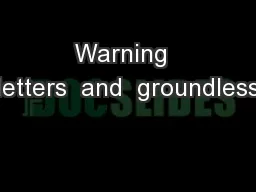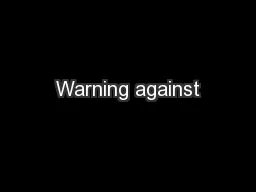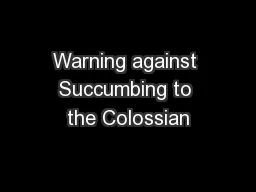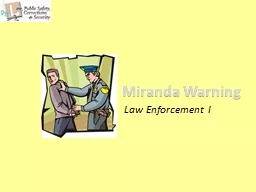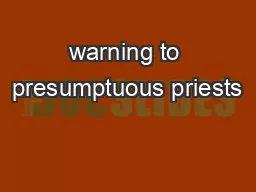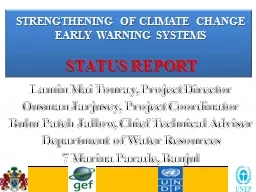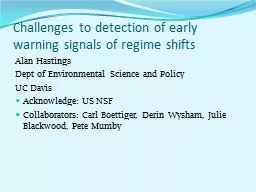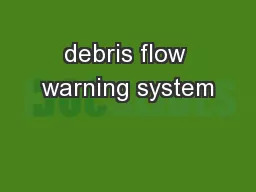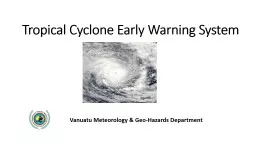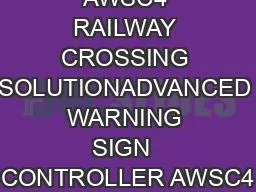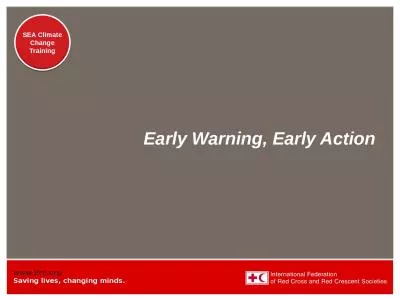PPT-Warning letters and groundless
Author : cheryl-pisano | Published Date : 2018-11-02
threats YOUNG EPLAW 18 April 2016 FRANCE An overview Article L 6151 of the French intellectual property code Secondary infringers which do not directly manufacture
Presentation Embed Code
Download Presentation
Download Presentation The PPT/PDF document "Warning letters and groundless" is the property of its rightful owner. Permission is granted to download and print the materials on this website for personal, non-commercial use only, and to display it on your personal computer provided you do not modify the materials and that you retain all copyright notices contained in the materials. By downloading content from our website, you accept the terms of this agreement.
Warning letters and groundless: Transcript
Download Rules Of Document
"Warning letters and groundless"The content belongs to its owner. You may download and print it for personal use, without modification, and keep all copyright notices. By downloading, you agree to these terms.
Related Documents

